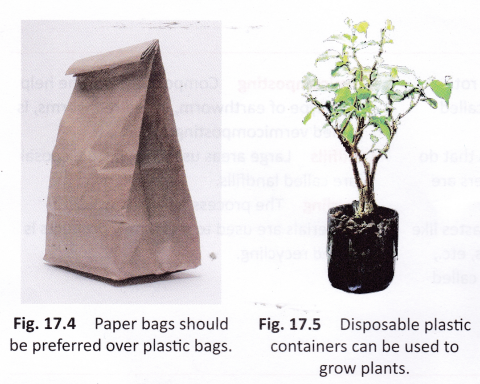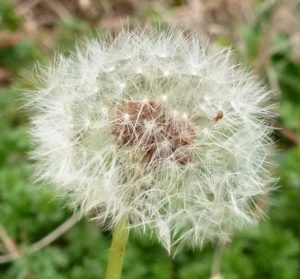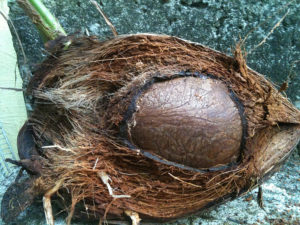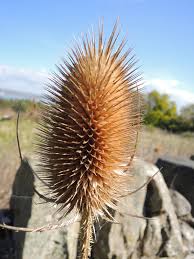Management Of Non-Biodegradable Wastes
As Non biodegradable wastes like plastic bags, glass bottles, etc., cannot be broken down by decomposers, their disposal poses a big problem. Non-biodegradable wastes can be managed by practicing the concept of 3Rs—Reduce, Reuse, and Recycle.
Reduce
We need to reduce the amount of waste generated by consuming more and throwing away less. We often buy more things than we really need. Nowadays, disposable items have become popular, for example, ballpoint pen, plastic bag, disposable napkins etc. We are using them frequently without giving a thought to their hazardous effects.
Here are some tips for reducing wastes:
- Use fountain pen in place of a ballpoint pen,
- Use old newspapers for packaging, and
- Use cloth napkins in place of disposable ones.
Reuse
We can reuse certain things for more than one purpose. If we reuse them for other purposes, we can help in reducing the waste. Here are some of the tips for reusing things:
- Small jars and bottles can be cleaned to keep some other kitchen stuffs.
- One should prefer glass bottle to metal can when buying juice or soft drink. The bottles can be refilled.
- Old clothes can be made into other usable items like cushion cover, handkerchief, etc.
- Old mobile phones can be donated to friends or family.
Recycle
The process by which waste materials are used to make new products is called recycling. Materials like glass, metal, plastic, and paper are collected, separated, and recycled to make new things.
Recycling of Plastics
Bucket, bottle, toy, shoe, bag, pen, and comb are a few things made of plastic. Use of plastics has become a major concern nowadays because they are non-biodegradable and release harmful gases upon heating or burning. They can also contaminate foodstuffs. If eaten by animals, plastics can choke and kill them. Therefore, one should reduce and reuse plastic items as far as possible. When plastic items are to be discarded, they should be recycled to make new things.
Not all the plastics generated are recycled, hence causing much damage to life on Earth. In many places in India, plastics are totally banned seeing its adverse effects on the environment.
Some of the ways to reduce, reuse, and recycle plastics are as follows:
- Paper, cotton, and jute bag should be preferred over plastic bags.
- Some disposable plastic containers and jars can be used to grow plants.
- Empty bottles can be refilled for storage of water or any other liquid stuff. Think about the number of times you buy a bottle of water when you are out. Instead you can fill the used bottle and carry it whenever you are out.
- Zip foils can be reused after cleaning thoroughly each time after storing foodstuffs.

Recycling of paper
Paper is made from trees and trees are essential for our survival on Earth. So, even if paper is biodegradable, depletion of trees at a fast pace is a big concern. Therefore, to save trees we must use paper carefully. Some of the ways to save paper are:
- We should always write on both sides of paper sheets.
- Unused pages from old notebooks can be torn off and made into a new notebook for doing rough work and other miscellaneous work.
- We can also reuse envelopes and covers by using stickers to write new addresses.
- We can also make fresh paper from old newspapers.
By now, we know how harmful garbage accumulation can be. But, by following the 3Rs concept, we can manage the garbage generated in our surroundings so that it is beneficial to the environment.









